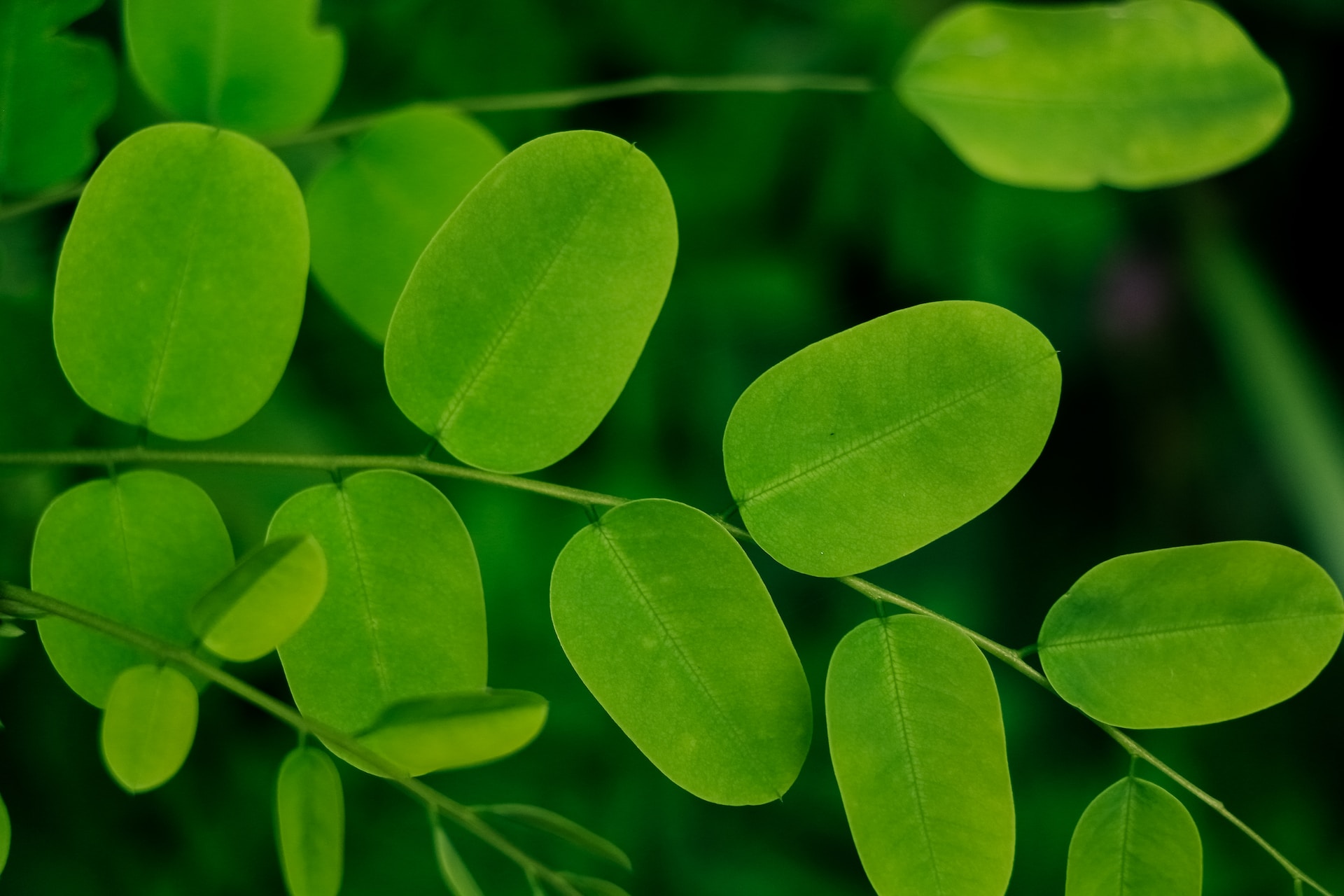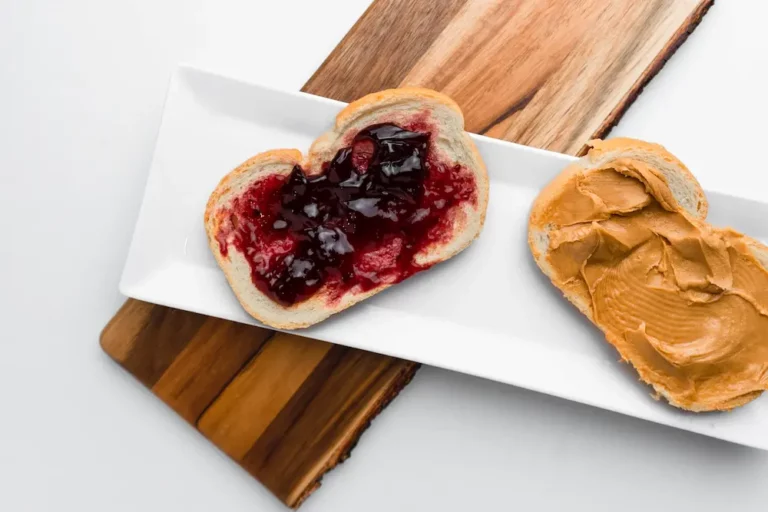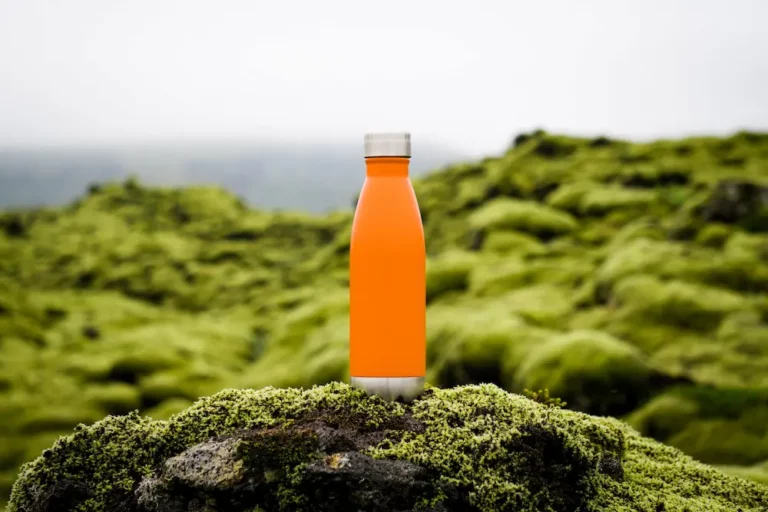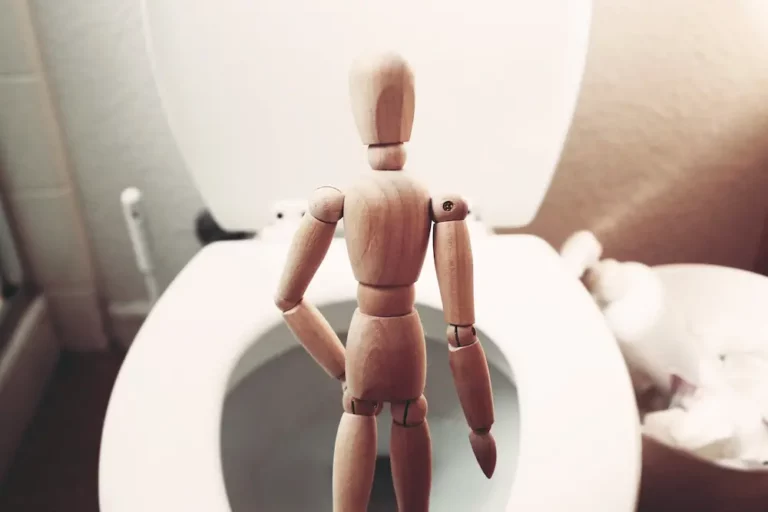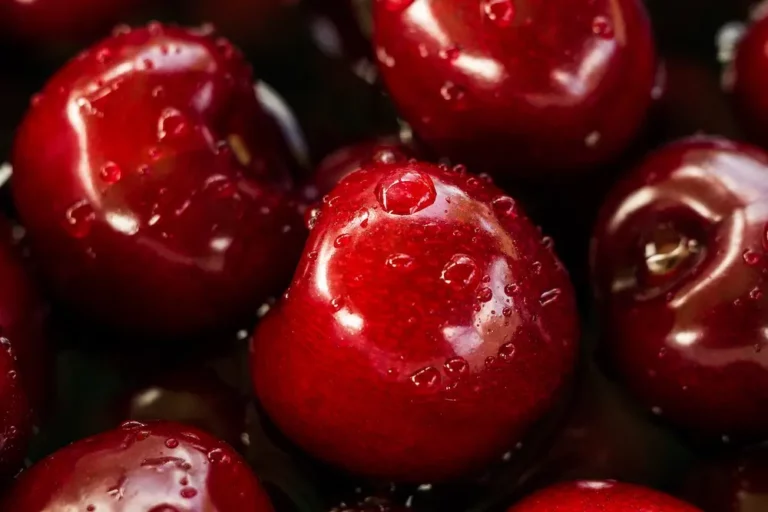How to Germinate Moringa Seeds: A Beginner’s Guide
Germinating moringa seeds is a simple process that can be done at home with a few basic supplies. Moringa trees are fast-growing and can provide a range of benefits, including edible leaves, seeds, and pods that are rich in nutrients. Whether you’re interested in growing moringa for personal use or as a business venture, knowing how to germinate the seeds is an essential first step.
To start, you’ll need to gather some fresh moringa seeds. You can either purchase them from a reputable supplier or collect them from mature trees in your area. Once you have your seeds, you’ll need to prepare them for planting by removing any outer shells or coatings. This can be done by gently rubbing the seeds with sandpaper or a file, or by soaking them in water for a few hours to soften the outer layer. With properly prepared seeds, you can achieve a high success rate in germination and start growing your own moringa trees in no time.
Understanding Moringa Seeds
If you’re planning to grow moringa, it is essential to understand the seeds of this plant. Moringa seeds come from the moringa tree, also known as the drumstick tree, which is native to northern India and widely grown in Asia and Africa. Moringa belongs to the species Moringaceae.
Moringa seeds are an essential part of the plant, as they are used to grow new trees. They are also used for a variety of purposes, including making oil, water purification, and even as a food source. Moringa seeds are also known for their medicinal properties.
Moringa seeds are relatively large, measuring about 1 to 1.5 cm in length. The seeds have a hard outer shell that needs to be removed before planting. The outer shell is usually removed by soaking the seeds in water for a few hours or overnight.
It is important to note that not all moringa seeds are the same. There are different types of moringa seeds, and the quality of the seeds can vary depending on the source. High-quality seeds are essential for successful germination and the growth of healthy trees.
In summary, understanding moringa seeds is crucial if you’re planning to grow this plant. Moringa seeds are an essential part of the plant, and the quality of the seeds can impact the success of your growing efforts. Make sure to obtain high-quality seeds and remove the outer shell before planting.
Ideal Conditions for Germination
Germinating Moringa seeds require specific conditions to ensure successful growth. Below are the ideal conditions that you should follow to germinate Moringa seeds:
Soil
Moringa seeds grow well in well-drained soil with a pH range of 6.0 to 7.0. Sandy loam or loamy soils are ideal for Moringa seeds. Avoid heavy clay soils or soils with poor drainage, as they can cause the seeds to rot.
Water
Moringa seeds require consistent moisture to germinate. Soaking the seeds in water for 24 hours before planting can help speed up the germination process. After planting, keep the soil moist but not waterlogged.
Temperature
Moringa seeds require warm temperatures to germinate. The ideal temperature range for germination is between 70°F to 90°F (21°C to 32°C). If the temperature is too low, germination may be delayed or may not occur at all.
Light
Moringa seeds require full sun or direct sunlight to germinate. Plant the seeds in a sunny location or in a spot that receives at least 6 to 8 hours of direct sunlight per day. If you are planting indoors, use grow lights to provide adequate light.
Microclimate
Moringa seeds are sensitive to frost and cold temperatures. Plant the seeds when the soil and air temperatures are warm and stable. In colder regions, it is best to plant Moringa seeds in pots or containers that can be moved indoors during colder months.
By following these ideal conditions for germination, you can successfully grow Moringa from seeds. Remember to keep the soil moist, provide adequate light, and maintain warm temperatures for optimal growth.
How to Prepare Moringa Seeds for Germination
If you want to grow moringa trees from seeds, it’s essential to prepare the seeds properly to increase the chances of successful germination. Here are some steps to follow when preparing your moringa seeds for germination:
Use Fresh Moringa Seeds
Fresh moringa seeds have a higher germination rate than older seeds. Therefore, it’s best to use fresh seeds for germination. You can harvest moringa seeds from mature pods or purchase them from a reputable supplier. If you’re harvesting the seeds, make sure to collect them from fully mature pods that have turned brown and dry.
Soak the Moringa Seeds
Soaking moringa seeds in water before planting can help speed up the germination process. To soak the seeds, place them in a container with clean water and let them soak for 24 hours. After soaking, remove the seeds from the water and dry them on a clean towel.
Store Moringa Seeds Properly
If you’re not ready to plant your moringa seeds immediately, you can store them for later use. To store the seeds, place them in a dry and cool place away from direct sunlight. You can also store them in a sealed container to prevent moisture from getting in. If you need to store the seeds for an extended period, you can freeze them to keep them fresh.
By following these simple steps, you can prepare your moringa seeds for germination and increase your chances of success. Remember to use fresh seeds, soak them in water, and store them properly to ensure optimal germination rates.
Steps to Germinate Moringa Seeds
Germinating Moringa seeds is a simple process that requires a few basic steps. Here are the steps to follow to ensure a successful germination process:
- Soak the seeds: Soak the Moringa seeds in water for about 24 hours. This process will help enhance quick germination. After soaking, remove the seeds from the water and place them on a wet paper towel or a plastic bag. You can store the seeds in the refrigerator for up to 3 days before germinating them.
- Prepare the soil: Choose a well-draining soil mixture that is rich in organic matter. You can also use a potting mix that is specifically formulated for seed starting. Fill the container with the soil and make sure it is moist but not waterlogged.
- Plant the seeds: Plant the Moringa seeds about 1 inch deep in the soil. You can plant multiple seeds in one container, but make sure they are spaced at least 2 inches apart. Cover the seeds with soil and gently press down to ensure good seed-to-soil contact.
- Provide the right environment: Moringa seeds require warmth and moisture to germinate. Place the container in a warm, sunny spot, or use a heat mat to keep the soil temperature around 70-80°F. Cover the container with plastic wrap or a humidity dome to retain moisture.
- Water the seeds: Keep the soil moist but not waterlogged. Water the seeds gently, using a spray bottle or a watering can with a fine nozzle. Avoid overwatering, as this can cause the seeds to rot.
- Wait for germination: Germination times for Moringa seeds can vary from 3-14 days. Be patient and keep an eye on the soil moisture level. Once the seeds have sprouted, remove the plastic wrap or humidity dome and place the container in a bright, sunny spot.
By following these simple steps, you can successfully germinate Moringa seeds and start growing your own Moringa tree. Happy planting!
Transplanting Germinated Moringa Seeds
Congratulations! Your moringa seeds have germinated and now it’s time to transplant them. Transplanting your moringa seedlings is an important step to ensure they grow and thrive. Here are some tips to help you successfully transplant your germinated moringa seeds.
Preparing the Transplant Site
Before you transplant your seedlings, it is important to prepare the transplant site. Choose a location that receives plenty of sunlight and has well-draining soil. If you are transplanting your seedlings into a garden, make sure the soil is loose and free of rocks and other debris. If you are transplanting your seedlings into a pot, choose a pot that is at least 12 inches deep and wide.
Transplanting Your Seedlings
When transplanting your seedlings, make sure to handle them gently by the leaves or root ball. Be careful not to damage the delicate roots. Dig a hole that is large enough to accommodate the entire root system of the seedling. Place the seedling in the hole and fill it in with soil. Gently press down on the soil to remove any air pockets.
Spacing
If you are transplanting your seedlings into a garden, space them at least 6 feet apart to allow for their mature size. If you are transplanting your seedlings into a pot, make sure to leave at least 2 inches of space between each plant.
Watering
After transplanting your seedlings, water them thoroughly. Make sure the soil is moist but not waterlogged. Water your seedlings regularly, especially during dry spells, to ensure they stay hydrated.
Indoor Transplanting
If you are transplanting your seedlings indoors, make sure they are placed in a sunny location. Use a grow light if necessary to provide adequate light. Make sure to water your seedlings regularly and keep the soil moist but not waterlogged.
By following these tips, you can successfully transplant your germinated moringa seeds and watch them grow into healthy, thriving plants.
Caring for Young Moringa Seedlings
Congratulations! You have successfully germinated your Moringa seeds and now have young seedlings. Now, it’s time to take care of them so they can grow into healthy trees.
Watering
Water your young Moringa seedlings regularly, but be careful not to overwater them. Overwatering can lead to root rot and other problems. Allow the soil to dry out slightly between waterings. When you water, make sure to water deeply, so the water reaches the roots.
Fertilizer
Young Moringa seedlings need nutrients to grow. You can use a balanced fertilizer, such as a 10-10-10 or 20-20-20 formula. Apply the fertilizer according to the instructions on the package. Be careful not to over-fertilize, as this can damage the seedlings.
Compost and Manure
Compost and manure are great sources of nutrients for your young Moringa seedlings. You can mix compost or well-rotted manure into the soil before planting your seeds. Alternatively, you can apply compost or manure as a top dressing around the base of your seedlings.
Conditions
Moringa seedlings grow best in warm, sunny conditions. They need at least six hours of direct sunlight per day. If you are growing your seedlings indoors, make sure they are near a sunny window or under grow lights.
Young Seedlings, Shoots, Leaves, and Branches
Young Moringa seedlings are delicate and can be easily damaged. Be gentle when handling them. As your seedlings grow, they will develop shoots, leaves, and branches. Monitor their growth and make sure they are not overcrowded.
Pruning
Pruning can help shape your Moringa tree and promote healthy growth. You can prune your seedlings once they have a few sets of leaves. Use clean, sharp pruning shears to remove any damaged or dead branches.
Propagating
If you want to propagate your Moringa tree, you can do so by taking cuttings from your existing tree. Make sure the cuttings are at least six inches long and have several sets of leaves. Dip the cuttings in rooting hormone and plant them in well-draining soil. Keep the soil moist and the cuttings in a warm, sunny location until they root.
By following these simple tips, you can ensure that your young Moringa seedlings grow into healthy trees.
Potential Problems and Solutions
Germinating moringa seeds can be a bit tricky, and there are some potential problems that you may encounter along the way. Here are some common issues and solutions to help you successfully germinate your moringa seeds.
Rot
One of the most common problems with germinating moringa seeds is rot. This can happen if the seeds are kept too wet or in soil that is too moist. To prevent rot, make sure that your soil is well-draining and that you don’t overwater your seeds. If you do notice any signs of rot, such as a foul smell or mushy seeds, remove the affected seeds immediately to prevent the rot from spreading.
Pests
Moringa seeds can be vulnerable to pests such as termites and ants. To prevent these pests from attacking your seeds, store them in an airtight container or bag and keep them in a cool, dry place. You can also consider treating your soil with a natural pesticide to deter pests from attacking your seeds.
Drought-Resistant
Moringa trees are known for their drought-resistant qualities, but this doesn’t mean that the seeds are invincible. If you live in an area with extremely dry conditions, you may need to take extra precautions to ensure that your seeds have enough water to germinate. Consider watering them more frequently or using a misting system to keep the soil moist.
Freeze
Moringa trees are also known for their tolerance to cold temperatures, but the seeds can still be damaged by freezing. If you live in an area with cold winters, make sure to plant your seeds in the spring or summer when the temperatures are warmer. You can also consider starting your seeds indoors and transplanting them outside once the weather warms up.
Root Rot
Root rot can occur if your soil is too wet or if your seeds are planted too deeply. To prevent root rot, make sure that your soil is well-draining and that you plant your seeds at the recommended depth. If you do notice any signs of root rot, such as yellowing leaves or a foul odor, remove the affected seeds immediately to prevent the rot from spreading.
By being aware of these potential problems and taking the necessary precautions, you can increase your chances of successfully germinating your moringa seeds.
Harvesting and Uses of Moringa
Once your moringa tree has matured, it will start to produce fruit and flowers. The fruit of the moringa tree is long, slender, and green, and is often referred to as “drumsticks.” The flowers of the moringa tree are small and white, and they bloom in clusters.
Harvesting the fruit of the moringa tree is relatively easy. Simply cut the fruit from the tree using a sharp knife or pair of scissors. The fruit can be eaten raw or cooked, and is often used in stews and soups. The leaves of the moringa tree are also edible and can be used in salads or cooked dishes.
In addition to being a tasty addition to meals, the moringa tree is also known for its health benefits. The leaves of the moringa tree are packed with nutrients, minerals, and vitamins, making them a great addition to any diet.
Moringa oil is also a popular product made from the seeds of the moringa tree. The oil is rich in antioxidants and is often used in skin and hair care products.
Overall, the moringa tree is a versatile and valuable plant that can be used in a variety of ways. Whether you are harvesting the fruit for a meal or using the leaves for their health benefits, the moringa tree is a great addition to any garden.
Storing and Propagating Moringa Seeds
If you want to germinate Moringa seeds, it’s essential to store them properly. Fresh seeds are needed, as Moringa seeds lose viability rapidly in storage. Make sure you get fresh ones. Also, it’s probably a good idea to wait until the pods brown on the tree before picking them. Once you have collected your seeds, you can store them in a cool, dark place, such as a drawer or a cupboard.
If you want to propagate Moringa trees, you can do so from seeds or cuttings. Propagating Moringa from cuttings is relatively easy, but it’s essential to take care when handling the cuttings. Make sure you use a sterile, sharp blade to cut the stem, and avoid touching the cut surface with your fingers.
When propagating Moringa from seeds, you can use a variety of containers, such as pots, trays, or seedling flats. It’s essential to use a good quality potting mix and to keep the soil moist but not waterlogged. You can also use a cover to help keep the soil moist and to protect the seeds from drying out.
In summary, storing and propagating Moringa seeds is relatively simple. Make sure you store your seeds in a cool, dark place, and use fresh seeds for best results. When propagating Moringa from cuttings, take care when handling them, and use a sterile blade. When propagating Moringa from seeds, use a good quality potting mix and keep the soil moist but not waterlogged.
Frequently Asked Questions
Where can I buy malunggay seeds?
You can buy malunggay seeds from a variety of sources, including online seed retailers, local nurseries, and even some health food stores. Make sure to buy fresh, high-quality seeds from a reputable seller.
What is the best way to germinate moringa seeds?
The best way to germinate moringa seeds is to soak them in water for 24 hours before planting them in a well-draining potting mix. Keep the soil moist and warm, and place the pot in a sunny location.
How long does it take for moringa seeds to germinate?
Moringa seeds typically take between 7 and 14 days to germinate, but it can take up to 3 weeks in some cases. Be patient and make sure to keep the soil moist and warm during this time.
What temperature do moringa seeds need to germinate?
Moringa seeds need to be kept at a temperature between 70 and 90 degrees Fahrenheit to germinate successfully. If the temperature drops below this range, the seeds may not sprout.
How do I plant moringa seeds in pots?
To plant moringa seeds in pots, fill a container with well-draining potting mix and make a small indentation in the soil. Place the seed in the indentation and cover it with a thin layer of soil. Water the soil thoroughly and keep it moist until the seed sprouts.
What are some common reasons why moringa seeds won’t germinate?
Some common reasons why moringa seeds may not germinate include using old or low-quality seeds, planting them too deep in the soil, or not keeping the soil moist and warm enough. Make sure to follow proper planting and care instructions to increase your chances of success.

